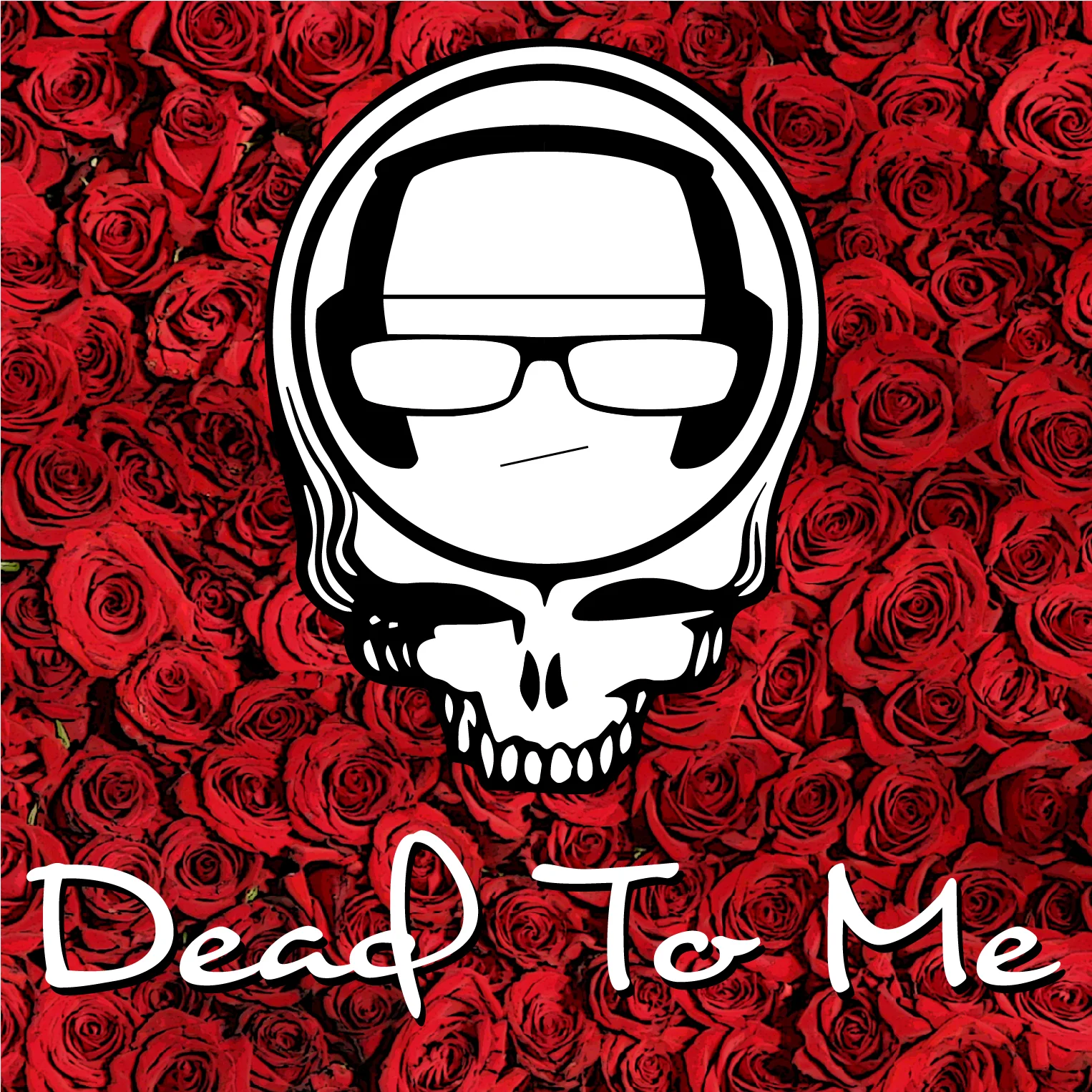Photo ©Mary Ann Mayer, courtesy Rosie McGee
Some people have photographic memories. The rest of us have photographs. Well, that and music. Put the two together, and you don’t even need a souped-up DeLorean to travel time. Our final episode of Season One considers the photographic history of the Grateful Dead, but of course we talk about a lot more. Our special guest, Rosie McGee, was part of the Dead family going back to the first Acid Tests. Her photographic memoir, Dancing with the Dead, is a powerful recounting of an era that continues to fascinate and inspire. Rosie’s candid and intimate shots offer insights into a musical and social scene whose ripples are felt to this day, and her personal reminiscences are amusing, frank, and always spirited. Casey and Eduardo talk about how our memories are influenced by sound and image, and the tricks that time can play on the mind. Feed Your Head profiles another legendary shutterbug, Jay Blakesberg. See you next season!























